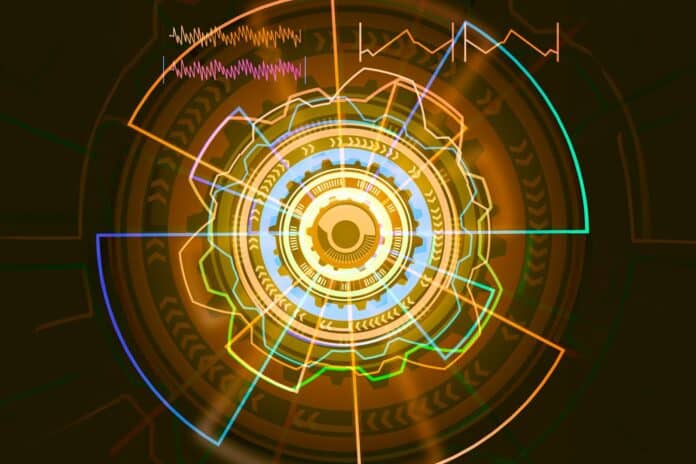The W boson is the fourth heaviest particle in the Standard Model, and its mass relies on the Brout-Englert-Higgs mechanism. Since its discovery, experimental physicists have continued comparing W boson property measurements with theoretical predictions.
In a groundbreaking new result, the ATLAS Collaboration has measured the W-boson width for the first time at the Large Hadron Collider (LHC). The CERN‘s Large Electron-Positron (LEP) collider and Fermilab’s Tevatron collider have previously measured the W-boson width– revealing an average value of 2085 ± 42 MeV. This value was consistent with the Standard-Model prediction of 2088 ± 1 MeV.
Now, the collaboration used data gathered during Run 1 of the LHC. The ATLAS Collaboration measured the W-boson width to be 2202 ± 47 MeV. This is the most precise single-experiment measurement to date. This value is consistent with the Standard Model prediction within about 2.4 standard deviations.
For this study, scientists analyzed the kinematic spectra of W-boson decays into an electron or a muon and their corresponding neutrino. They had to calibrate the detector response to precisely recreate the transverse momenta of the electrons and muons. Because the transverse mass’s shape depends on the breadth and W-boson mass values, the distribution of this mass in these events was of particular interest.
Scientists, for example, relied on a mix of theoretical predictions verified by distinct measurements of W and Z boson differential cross sections to comprehend W-boson production in proton-proton collisions accurately. Parton Distribution Functions (PDFs) depicting the proton’s internal structure were also essential to this measurement. Scientists at ATLAS integrated and examined contemporary PDFs obtained by fitting data from several particle physics experiments.
Along with measuring W-boson width, the ATLAS collaboration also measured the W-boson mass through an improved statistical method that adjusts the systematic uncertainties along with the W-boson mass and width values.
With the help of this technique, some of the uncertainties might be limited by the dataset, improving systematic control. Using the same data, the new measurement of the W-boson mass is 80366.5 ± 15.9 MeV, surpassing the previous ATLAS result. The observed values of mW and ΓW agree with what is predicted by the Standard Model.
Larger ATLAS datasets for upcoming W-boson mass and width observations should lower experimental and statistical uncertainty. Concurrently, theoretical uncertainties will be decreased with improvements in PDF comprehension and theoretical predictions. Scientists will be able to probe for the possible presence of new particles or forces and perform ever-tougher tests of the consistency of the Standard Model as their measurements get ever more accurate.
Journal Reference:
- The ATLAS Collaboration. Measure the 𝑾-boson mass and width with the ATLAS detector using proton-proton collisions at √𝒔 = 7 TeV. arXiv:2403.15085v1
